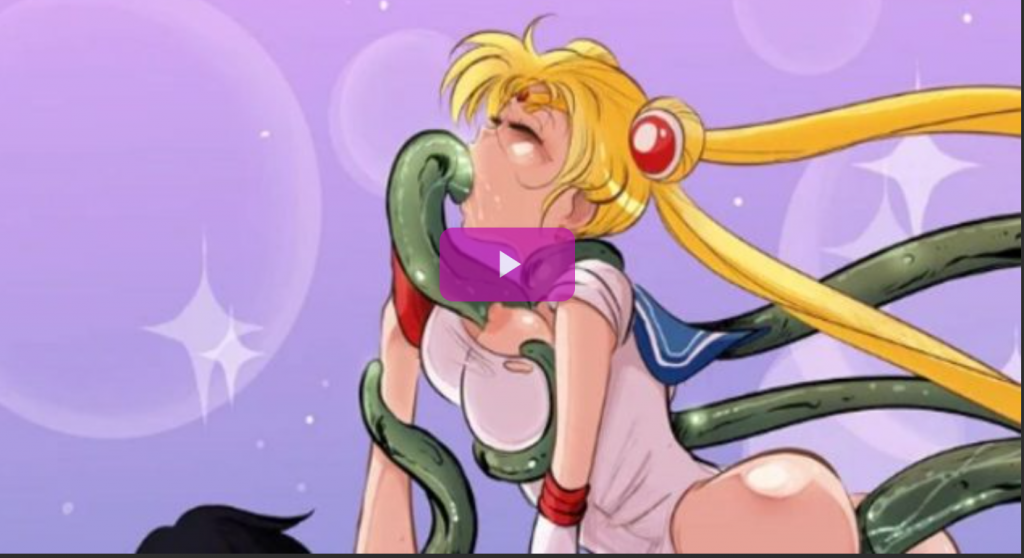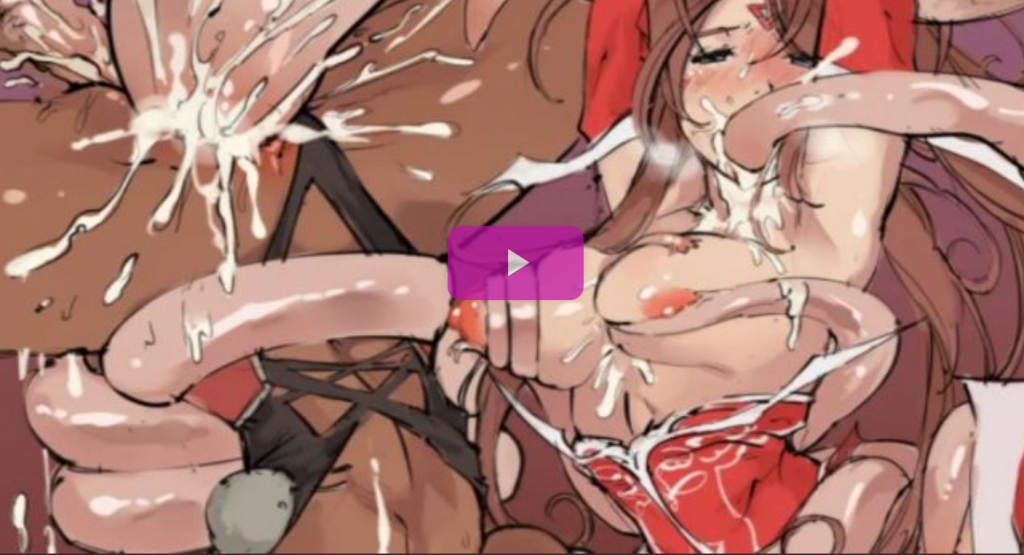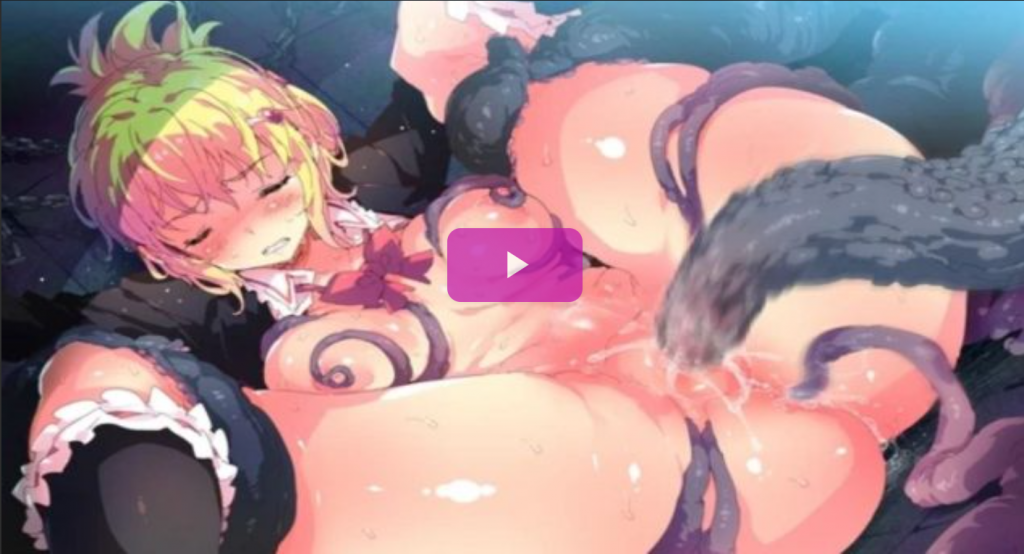Introduction
Gay Cartoon Tentacle Sex is an emerging subgenre of erotic art that has been gaining more attention in recent years. It is an adult-oriented genre that includes illustrations, animations, and other forms of visual representations of sexually explicit content featuring tentacle creatures and gay characters. Tentacle porn has been a part of Japanese culture for centuries, but it has only recently become popular in the West. This form of art is controversial, due to its explicit nature, but it has been gaining more acceptance amongst viewers and creators alike. This article will explore the history, appeal, and controversy of Gay Cartoon Tentacle Sex.
Exploring the History of Gay Tentacle Representation in Cartoons

The representation of gay tentacle characters in cartoons has a long and varied history. In the late 19th century, the French artist Émile Cohl produced a series of crude sketches depicting tentacle-like creatures engaging in various activities. These drawings, which were intended to be humorous and not sexually explicit, were some of the earliest depictions of tentacles in cartoons. In the early 20th century, tentacle imagery featured prominently in the work of Japanese animator and manga artist Osamu Tezuka. Tezuka’s tentacle designs were highly stylized and often featured in surrealist, science-fiction, and fantasy stories. While Tezuka’s characters were not explicitly sexualized, they did feature prominently in the artist’s exploration of gender roles and identity. In the late 1980s, tentacle imagery began to appear in adult-oriented anime and manga. This trend was largely driven by the work of animator/director Hideki Anno and mangaka/illustrator Toshio Maeda.
Anno and Maeda used tentacle imagery to explore themes of submission, domination, and power. Their work was highly controversial, and faced widespread criticism for its explicit sexual content. Today, tentacle characters are still a common feature of adult anime and manga. The characters are often used to explore themes of gender and sexuality, as well as to depict humorous and whimsical scenes. Tentacle characters have also found a place in mainstream cartoons, often as comic relief or as recurring characters. The history of gay tentacle representation in cartoons is one that is deeply intertwined with the history of art and animation. While the imagery is often controversial, its presence in popular culture has helped to open up conversations about gender and sexuality, and to challenge established norms.
Analyzing the Role of Queerness in Tentacle Cartoons
Queerness has long been a part of cartoon culture, and tentacle cartoons are no exception. Tentacle cartoons, which typically (though not exclusively) feature octopus-like creatures with multiple appendages, have been popular since the early 2000s. While these cartoons often appear to be lighthearted and whimsical, they often contain subtle references to queerness. To begin with, it’s worth noting that tentacle cartoons often feature characters that are gender-fluid or non-binary. The tentacles themselves are often portrayed as being non-gendered, allowing viewers to make their own interpretations. Similarly, the creatures often feature androgynous characteristics, such as large eyes, long eyelashes, and soft curves.
This has the effect of making the characters appear more queer-friendly. In addition, many tentacle cartoons feature romantic relationships between characters of the same gender. These relationships may be implied, or they may be outright stated. Either way, these relationships typically present queer love in a positive light, which can be empowering for queer viewers.
It can also act as a form of representation for those who may not feel like they are seeing themselves reflected in mainstream media. Finally, tentacle cartoons often contain tongue-in-cheek references to queer culture. This can take the form of in-jokes, subtle winks, or even direct references to LGBTQ+ concepts. This serves to normalize queer culture for viewers who may not be familiar with it, while also providing a sense of camaraderie and solidarity to those who may feel marginalized. Overall, tentacle cartoons, while often perceived as lighthearted and whimsical, often contain subtle references to queerness.
From gender-fluid characters to queer relationships, these cartoons often provide a sense of representation and belonging to queer viewers. They also provide a tongue-in-cheek way of normalizing queer culture for viewers who may not be familiar with it. As such, tentacle cartoons can be seen as a powerful tool in promoting queer visibility and acceptance.
Examining the Cultural Impact of Gay Tentacle Cartoons

The rise of gay tentacle cartoons has had a significant impact on the culture of anime, manga, and other animation styles. Gay tentacle cartoons, which are stories or animations featuring male characters in romantic or sexual relationships with tentacle creatures, have become increasingly popular in recent years. While this particular genre of animation is not without controversy, it has become a part of mainstream culture and offers unique perspectives on sexuality, gender, and identity. First, gay tentacle cartoons can be seen as a form of self-expression for queer people who have long been underrepresented in mainstream media. By depicting relationships between human characters and tentacle creatures, these cartoons provide a platform for exploring themes of acceptance and freedom from societal norms.
By embracing these alternative romantic relationships, the characters in gay tentacle cartoons challenge traditional ideas of gender and sexuality, creating a space for viewers to explore these concepts in a safe, non-judgmental way. Additionally, gay tentacle cartoons can be seen as a form of fan service. By creating stories that feature romantic relationships between human characters and tentacle creatures, the creators of these cartoons are able to provide fans of anime, manga, and other animation styles with something that they may not be able to find in traditional media.
This type of fan service appeals to a wide range of viewers, from those who enjoy the fantasy of a romantic relationship with an otherworldly creature to those who find humor in unconventional pairing. Finally, gay tentacle cartoons are also a form of satire. As these cartoons often feature characters who are questioning their own sexuality or gender, they can be seen as a way to poke fun at traditional gender roles and stereotypes.
By using these characters to explore themes of acceptance and identity, these cartoons offer a unique perspective on the way that society views sexuality and gender. Gay tentacle cartoons are an important part of the culture of anime, manga, and other animation styles. By providing a platform for self-expression, fan service, and satire, these cartoons offer viewers a unique way to explore themes of sexuality, gender, and identity.
Investigating the Different Types of Tentacle Art Featuring Queer Characters

Tentacle art featuring queer characters has become increasingly popular in recent years. This type of art, which is typically characterized by its surreal scenes and vibrant colors, is used to explore themes of gender identity, sexual orientation, and queer sexuality. This article will explore the various types of tentacle art featuring queer characters, as well as their potential meanings. One of the most popular types of tentacle art featuring queer characters is often referred to as “yuri tentacle.” This type of art typically features two female characters, usually in an intimate embrace, with tentacles wrapping around them. The tentacles often symbolize the characters’ intertwining relationships, as well as their connection to the queer community.
The tentacles can also represent a sense of acceptance, as well as a desire for connection and love. Another type of tentacle art featuring queer characters is “tentacle horror.” This type of art often features queer characters being attacked by tentacles and is used to explore themes of fear and anxiety experienced by the LGBTQ+ community. The tentacles often symbolize the forces of oppression and hate that queer individuals may face, as well as the fear of being exposed or judged.
A third type of tentacle art featuring queer characters is “tentacle fantasy.” This type of art often features queer characters in whimsical dream-like settings, surrounded by tentacles. The tentacles often symbolize the freedom and acceptance that queer individuals can experience in a safe and supportive environment. The tentacles can also represent a sense of exploration and discovery, as well as a desire to break free from societal norms and expectations.
Finally, there is “queer tentacle art.” This type of art often features queer characters in a variety of colorful and surreal settings, surrounded by tentacles. The tentacles often symbolize the LGBTQ+ community’s resilience and strength, as well as its capacity for joy and celebration. The tentacles can also represent a sense of unity, as well as a desire to stand together in solidarity. In conclusion, there are a variety of tentacle art featuring queer characters, each with its own unique message and meaning. These pieces of art can be used to explore themes of acceptance, fear, resilience, and freedom, as well as to celebrate the beauty and diversity of the LGBTQ+ community.
Comparing Gay Tentacle Cartoons Across Different Animations Studios and Genres
Animation studios across the world have long been producing cartoons that feature a variety of genres, from comedy to fantasy to horror. One genre that has gained a significant amount of popularity in recent years is gay tentacle cartoons. These cartoons feature characters that have tentacles instead of limbs, and the stories often involve themes of same-sex romance or sexual exploration. The popularity of gay tentacle cartoons has led to an increase in the variety of animation studios producing them. This means that viewers are now able to compare and contrast different styles and genres of cartoons across different production companies.
For example, some studios may focus on comedic stories while others may focus on more serious topics. Additionally, there may be differences in the art styles used to create the cartoons, which can give viewers a unique experience when watching them. When comparing gay tentacle cartoons across different animation studios, it is important to consider the type of content being presented. Each studio may have its own approach to the genre, which can affect the tone and themes expressed in their cartoons. It is also important to consider the level of animation quality.
This can influence how visually engaging the cartoons are and how well they capture the story being told. Finally, viewers should take into account the target audience of each cartoon. This can help them determine whether the cartoons they are watching are appropriate for them, based on their own personal preferences. In conclusion, comparing gay tentacle cartoons across different animation studios and genres can be a fascinating experience. By taking into account the type of content, animation quality, and target audience, viewers are able to gain a better understanding of the genre and its various approaches.
Conclusion
Gay cartoon tentacle is a genre that has been around for decades and has seen a resurgence in recent years. With its unique combination of artistry, humor, and camp, this genre of animation is sure to be a staple for many years to come. From the traditional tentacle-filled stories of old to the more modern, gender-bending tales, Gay Cartoon Tentacle has something for everyone. Whether it’s to laugh, to learn, or just to enjoy a unique form of animation, this genre has carved out a place in the hearts of many.
